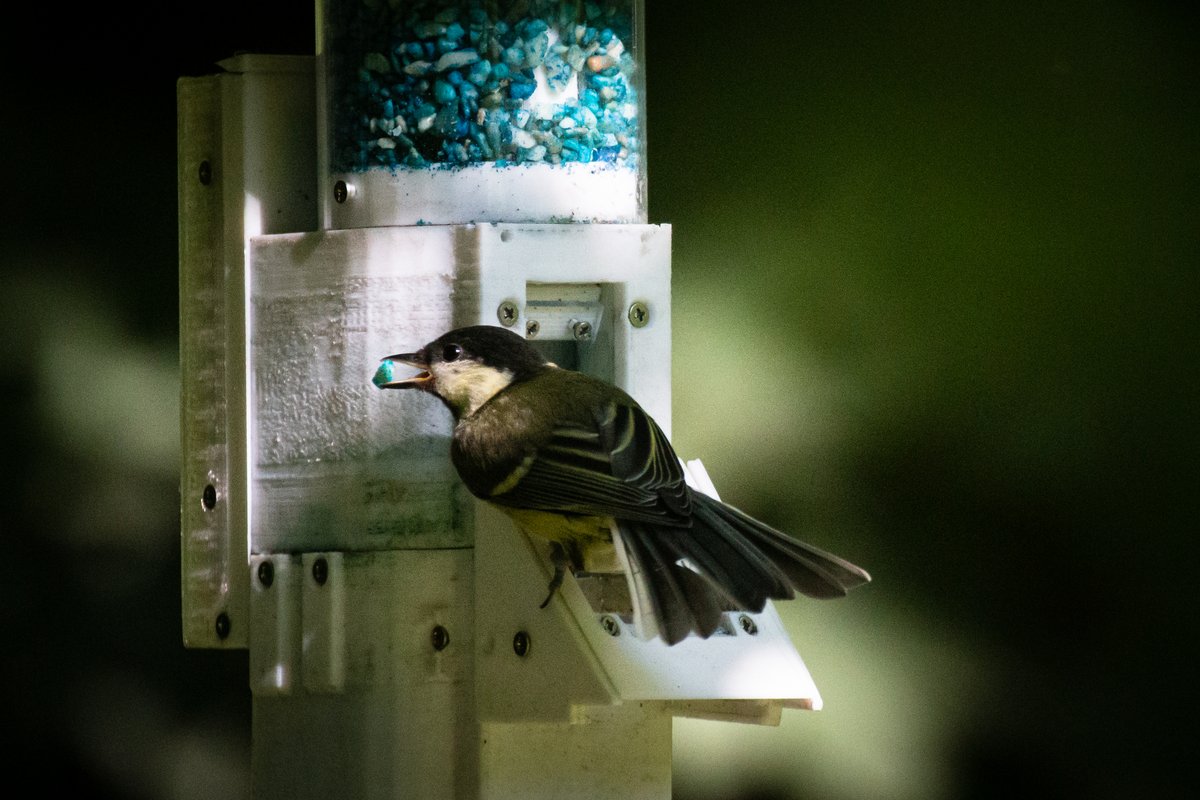Mechanisms underlying heterogeneity in social learning between individuals and groups

Great tits are great problem solvers. In the 1920s, a population of tits in England learned to open milk bottles to steal cream. Before long, this was happening across the country, demonstrating the cultural spread of behaviour.
In 2015, Lucy Aplin conducted a study with Great tits in Wytham Woods, near Oxford, where she trained a population to solve puzzle boxes for food--and then watched how the innovation spread through the birds' social networks. Now at CASCB, she is leading a team to uncover how factors like demographics and ontogeny of individuals precipitate cultural change.
The project studies great tits in the wild and in captivity with temporarily retained wild-caught individuals. The manipulative experiments modify available food resources, the information available to individuals about food resources, and social structure itself, during ontogeny and adulthood. The methodology relies on automated data collection. Birds are tagged with lightweight RFID microchips in the wild (<0.1g) and with QR barcodes (1g) in captivity to track behaviours around set locations. These are paired with automated cognitive puzzles, novel food and selective-feeders in social learning diffusion experiments on both captive and free-ranging tits. The team then use a combination of network-based diffusion analysis and experience-weighted attraction modelling to identify learning and decision-making mechanisms, and track how they trade-off personal experience with social influence.
